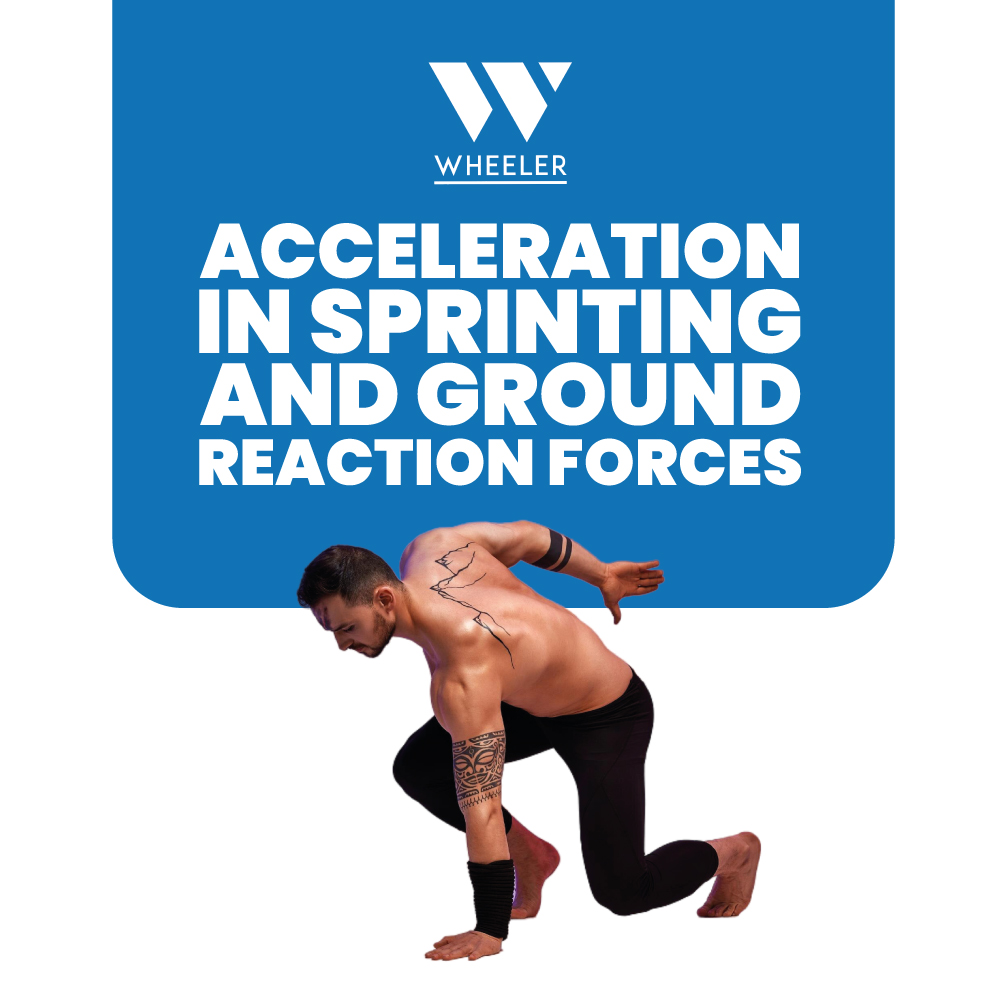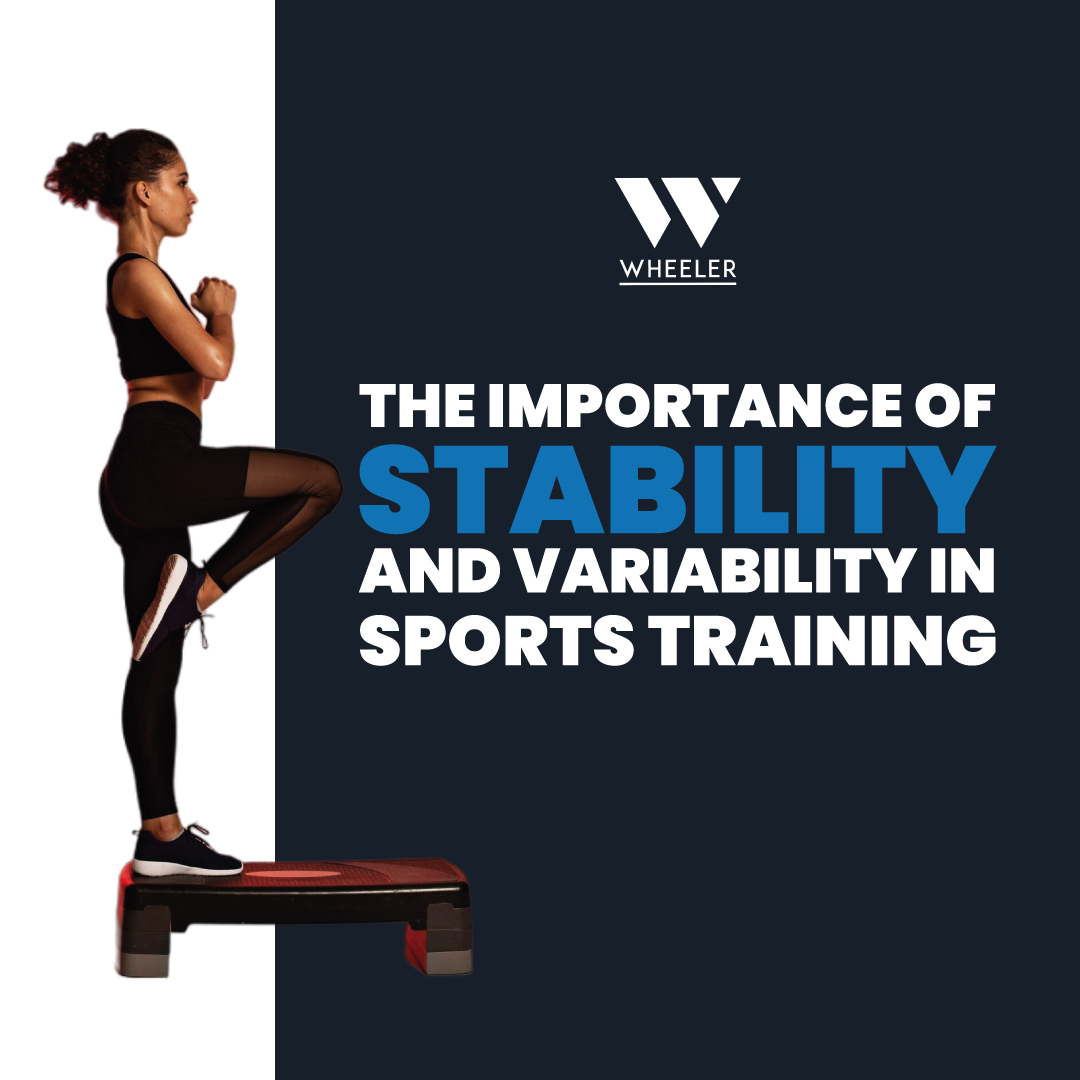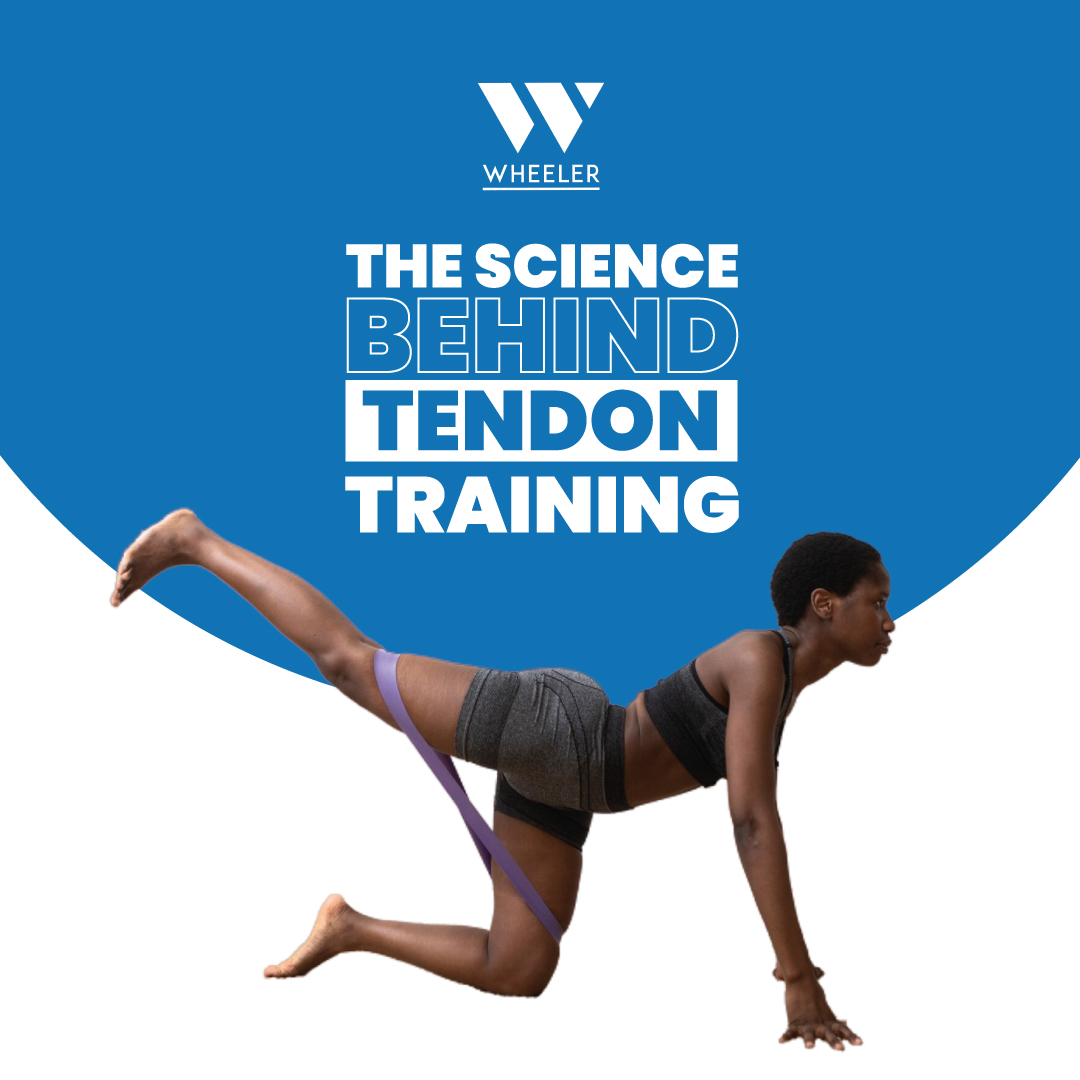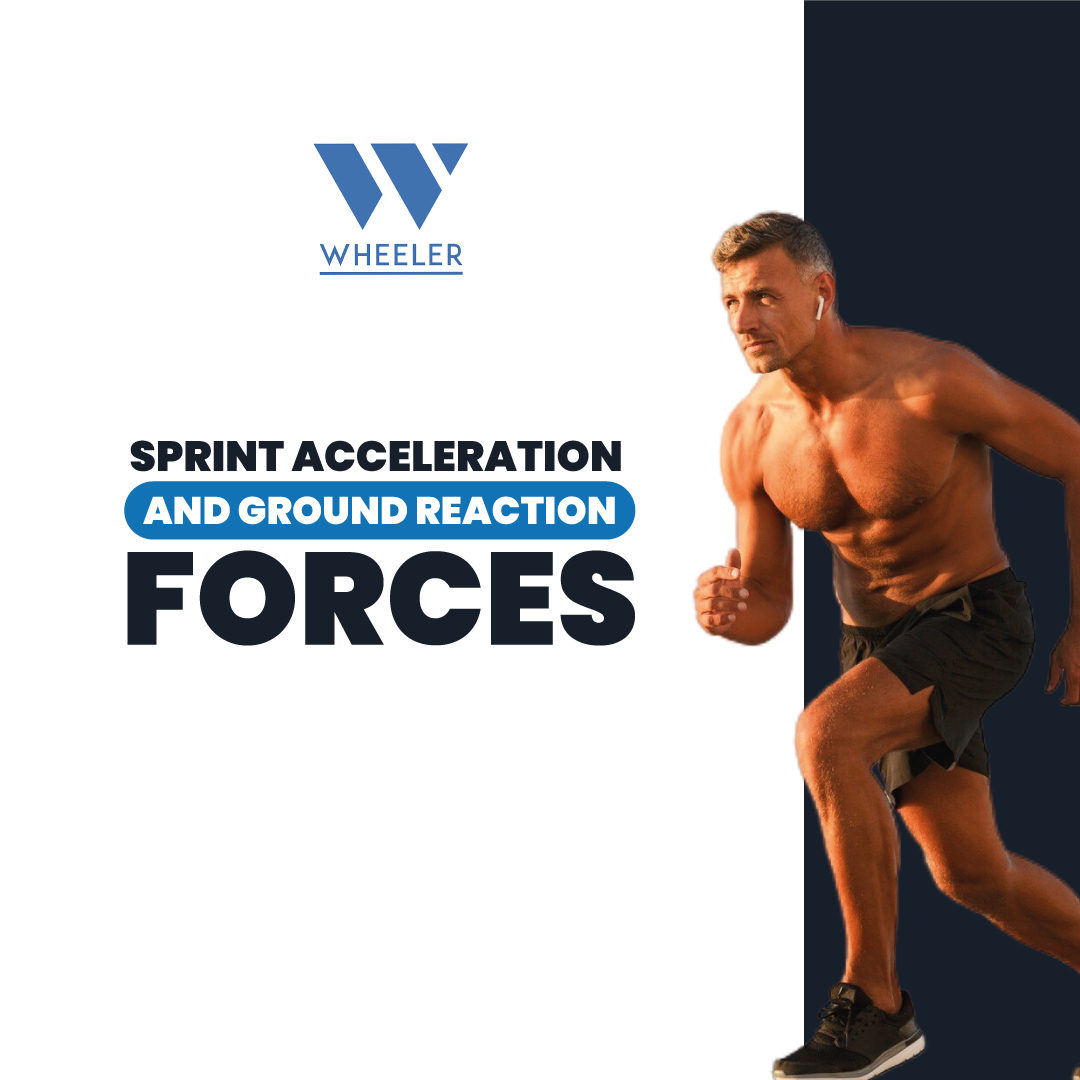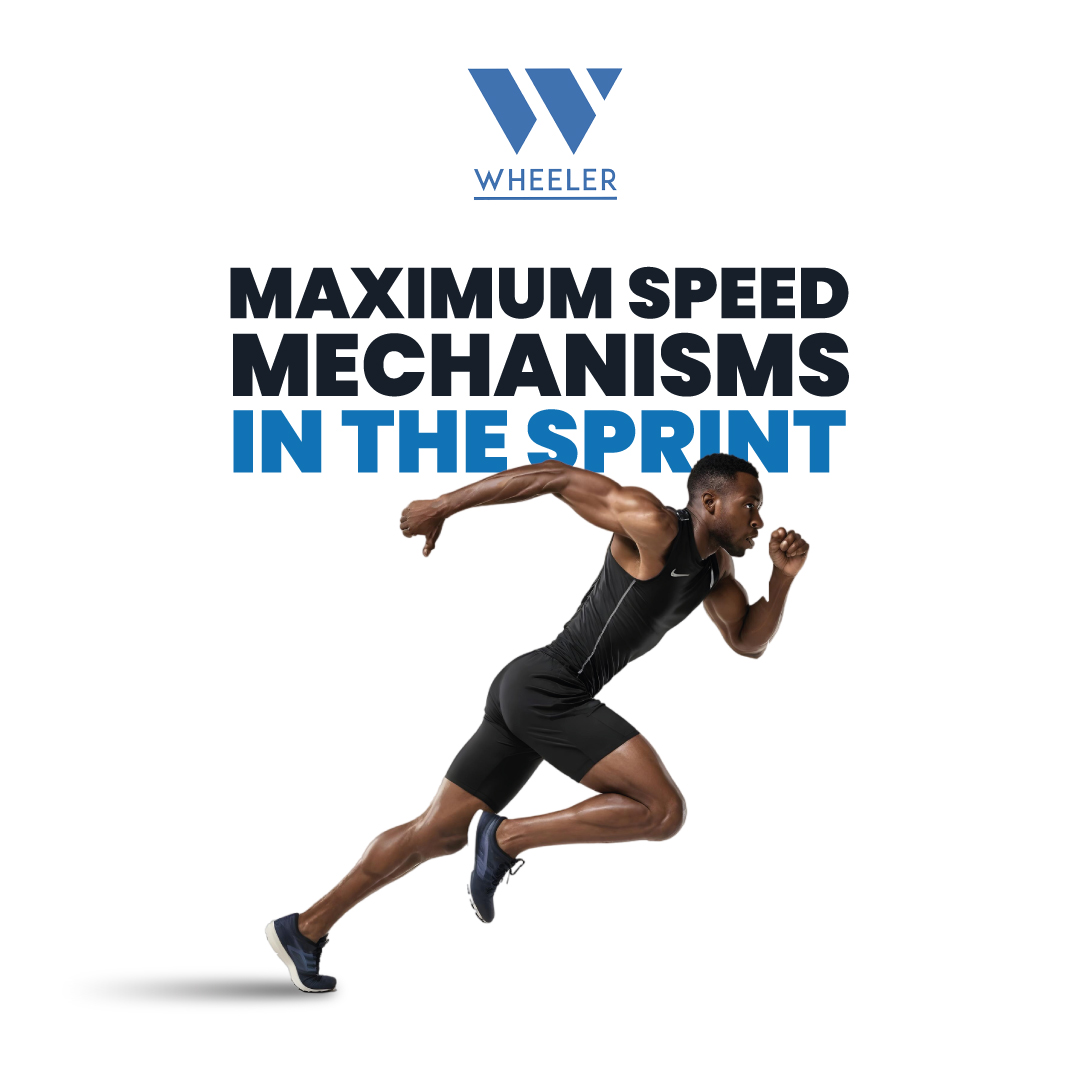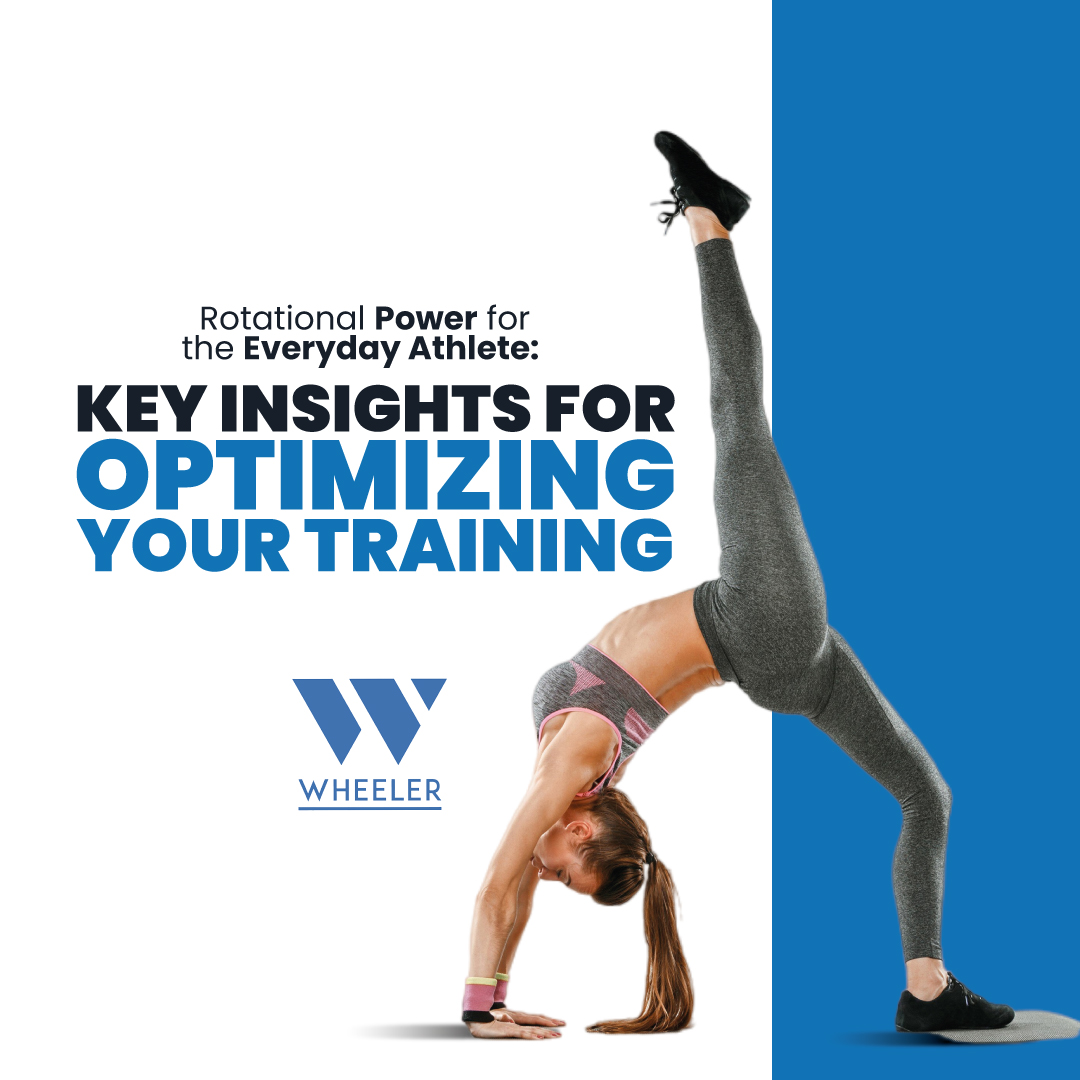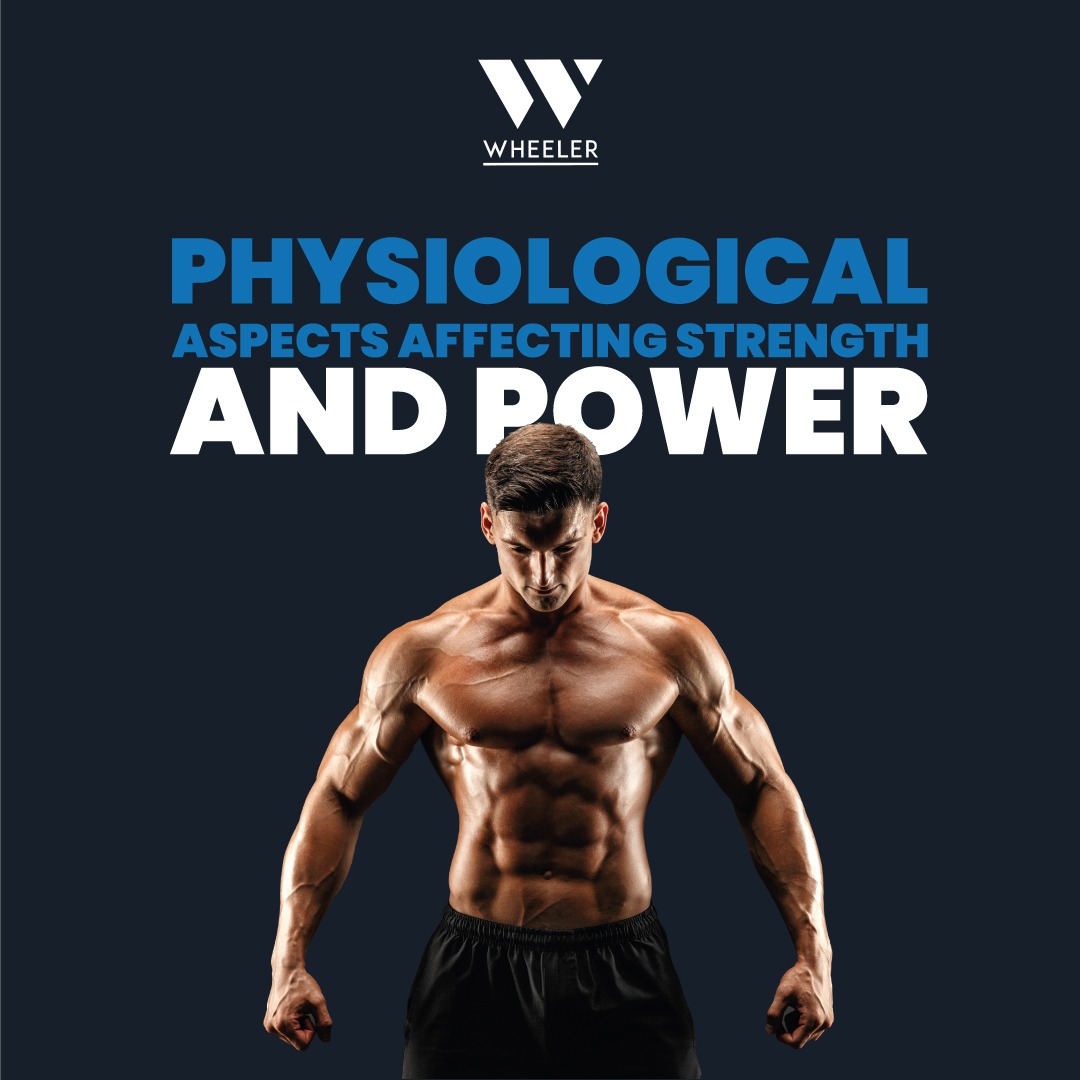In the world of sports training, understanding how the human body moves is crucial for optimizing performance and preventing injuries. Today, I want to share some concepts about the importance of stability and variability in practice to develop efficient movement patterns. The Importance of Stability Stability in movements is the body’s ability to maintain control […]
In the world of fitness, strength is not only measured by the ability to lift heavy weights but also by the ability to generate power and explosiveness. This type of training not only enhances athletic performance but also has functional benefits for daily life. Today, we will explore the concept of neuromuscular plasticity and how […]
In this article, I aim to address misconceptions regarding the mechanical characteristics of acceleration in sprinting. We will analyze concrete data based on measurements from force platforms, which are considered the gold standard in biomechanics. By comparing three different types of exercises, we can better understand how ground reaction forces affect acceleration and sprinting performance. […]
The Importance of Motor Skill Acquisition In the area of sports training, understanding how motor skills are acquired and adapted is essential for developing effective programs that optimize athlete performance. In a recent interview with Frans Bosch, author of the influential book “The Anatomy of Agility,” key concepts that every coach should consider were discussed. […]
Understanding Tendon Extensibility Tendon extensibility is a fundamental capacity for our movement and susceptibility to injuries, especially in the context of sports performance. This property refers to the ability of the tendon to lengthen under tension, something crucial in explosive movements. A tendon rupture does not occur solely due to overstretching; it is an overstretching […]
In this article, we will address common misconceptions about the mechanical characteristics of sprint acceleration. We’ll analyze concrete data based on measurements with force platforms, which are the gold standard in biomechanics. By comparing three different types of exercises, we can better understand how ground reaction forces affect acceleration and sprint performance. Analysis of Force […]
1. Contact Distance, Contact Time, and Vertical Force To begin, we examine the relationship between contact distance, contact time, and vertical force requirements. During the ground contact phase, the contact excursion angle is the total angle traveled by the leg. For most runners, this angle varies between 50 and 60 degrees, or approximately one radian. […]
Biomechanics of Directional Changes in Sports In the sports realm, the ability to change direction swiftly is essential for athletes’ performance across various disciplines. Over the past 20 years, multiple researchers have explored and classified directional change types, contributing to a deeper understanding of the biomechanics involved. In this article, we will delve into the […]
Recently, I had the incredible opportunity to attend a workshop on rotational power led by David Otey at the NSCA conference. It was an enriching experience that left me with much to ponder and apply in my training and that of my clients. I want to share with you everything I learned about this crucial […]
Today’s discussion will focus on the physiological aspects affecting strength and power, specifically in the development of Rate of Force Development (RFD). To grasp this concept, it’s essential to understand force transmission through tissues as it affects our ability to produce force and develop the rate of force. What is Rate of Force Development? Rate […]




